How Often Should You Get Botox?
Botox is one of the most popular methods for people to maintain their youthfulness and keep wrinkles away, and more recently has a proven use in treating other medical conditions as well. On the whole, though everyone’s needs are unique, how often you should have Botox depends on your age where your target area is concerned as well as what you may be aiming for” That’s what we’re going to get into in this major guide on How Often Should You Get Botox (and provide some ages and indications for different parts of the face as well).
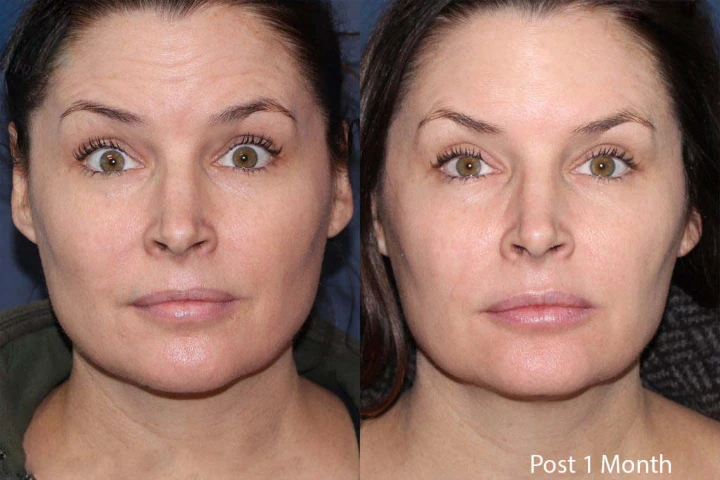
This is why the typical guideline for Botox treatments is once every three to four months. This length of time provides you the chance to make the determination as to whether there is a need for additional treatment or not once Botox has worn off. That being said, it is only a baseline, and individual requirements would differ.
How Often Should You Get Botox in Your 40s?
Aging, this decade of your life is really going to make the signs of Ageing more obvious. The fine lines and wrinkles could get more prominent, the skin elasticity might start reducing, and hence the skin may appear less grown or freighted. That’s also when a lot of people start seeing more pronounced changes in the way they look.
Botox, on the other hand, is a go-to every three to four months for women in their 40s. Having regular treatments in this decade can even help to banish the increasing wrinkles, as well as work on expression lines that will get worse unless tackled (or frozen).
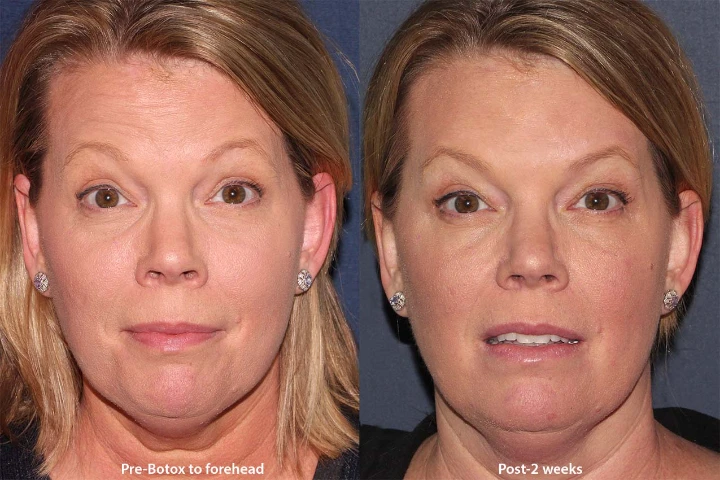
Key Considerations:
-
Skin conditions: You also need to examine your skin regularly if you want to see whether the injections’ frequency should be adjusted. If you’re unsure about what would suit your skin the best, then it’s always a good idea to consult with a dermatologist or skincare professional for advice.
-
Lifestyle: Factors such as stress levels, sun exposure, and the use of intensive skin care can all affect how long Botox lasts. In addition, keeping up with a healthy lifestyle and using daily sunscreen on your face can only help to prolong the benefits of Botox while enhancing your skin too.
- Diet and Hydration: A well-balanced diet and good fluids are very important to keep skin supple. A balanced diet containing antioxidants and vitamins will help in promoting rejuvenation.
- Sleep Patterns: Don’t underestimate the power of a good night’s sleep. Your skin repairs and rejuvenates at night but only if you get some real shut-eye. I think that making sure u get enough rest may help the Botox work better and our overall skin condition.
How Often Should You Get Botox in Your 50s?
once you hit your 50s collagen production slows down drastically wrinkles and fine lines become more defined and noticeable Unfortunately, our skin loses its elasticity and volume over time, which makes anti-aging procedures very vital. Shorter answer: Botox treatments every three to four months will still work wonders when it comes to fading these lines, but many people might require touch-ups more frequently in order to achieve their ideal wrinkle-free appearance. The frequency varies depending on skin type, lifestyle, and how aging your signs are.
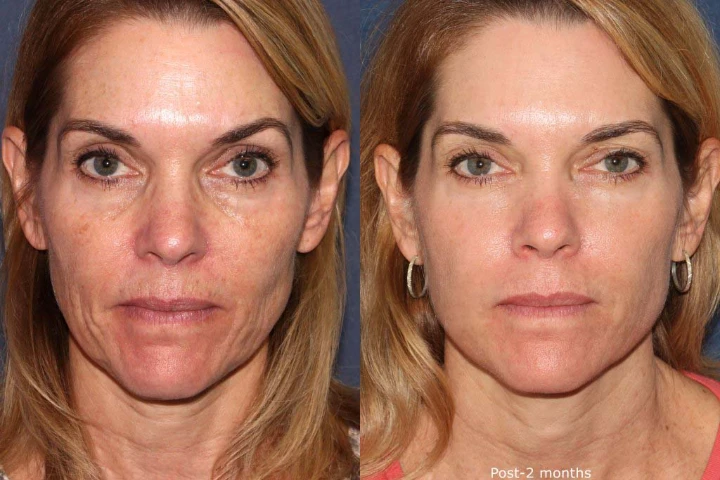
Key Considerations:
- Combination Treatments: Among those in their 50s who get Botox, lots of them also have other cosmetic procedures, such as dermal fillers (which boost volume to the face and add contour) or laser therapy (to improve skin texture and tone). “When considering facial rejuvenation, these programs provide a more effective way to combine many treatments into one.”
- Consultation: Do not skip your regular consult with a skincare expert. They may be able to examine your skin and determine whether you need any changes made to your plan of care. This will enable them to customize the frequency of treatments and recommend other supplementary measures in order to best address your changing skincare needs.
How Often Should You Get Botox in Your 60s?
Changes in skin and muscle activity become much more obvious in their 60s. Unfortunately by this point, facial muscle movement still greatly influences the face from showing wrinkle formations. “The loss of elasticity and volume in the skin is often much more obvious during this time,” she said. “The result? Those deeper lines, and worse yet, they’re heading into sagging territory.”
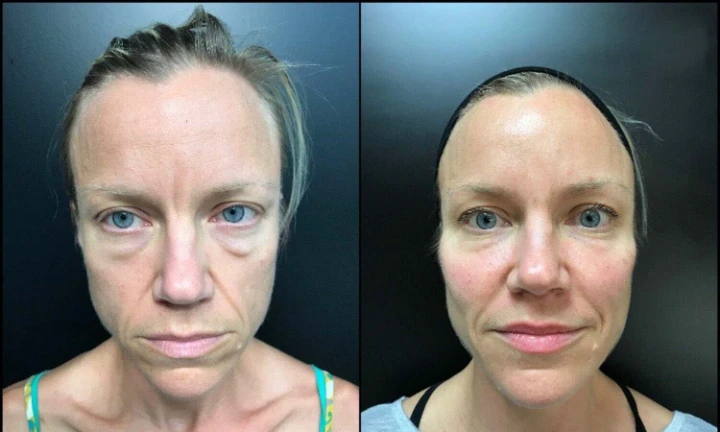
For the benefits you got from the treatments to be sustained, you might have to get Botox injections every three months since they “relax” those muscles responsible for inducing wrinkles. Be sure to mention which skin care treatments you may have tried in addition to or after ACNETANE so that we can add an appropriate indication, such as additional chemical peels, laser and micro-needling treatment, etc.
Key Considerations:
- Holistic Approach: Focus on keeping the entire body hydrated, a vitamin and antioxidant-rich diet, and other cosmetic procedures that boost your skin health. The most important is regular use of good skincare and sun protection.
- Medical Guidance: Consult a dermatologist or cosmetic surgeon for optimal treatment that best meets your skin requirements. Based on your needs, you can visit us regularly for consultations and we will change our skin care program as per the changes in your skin to ensure the best possible results and optimal health of the skin.
How Often Should You Get Masseter Botox?
Masseter Botox (commonly used for jaw slimming and the treatment of conditions such as bruxism or teeth grinding) does not require to be repeated as often as compared to other types of Botox. The way Botox treatment for masseter muscles works is that it causes these muscles to become paralyzed, leading to a more contoured jawline as the muscle size diminishes and also withdrawal of jaw pain or headaches associated with bruxism.

Patients will usually need additional touch-ups every six months to a year in order to maintain the results they are looking for. The frequency can vary depending on how active individual muscles are, what they are doing to increase your metabolic rate, and the purpose of a body part.
Key Considerations:
- Functionality vs. Aesthetics: Specifically, are you seeking relief from things like bruxism and teeth grinding? Or is a more chiseled jawline your goal (or both)? This will help steer how often you need treatment, too.
- Customization: “The dosage and the frequency of injections can be adjusted by the practitioner, depending on how well you respond to initial treatments,” Winter tells me By creating a plan that is personalized to your exact specifications, the care and treatment you receive will be as effective and satisfying as possible.
- Consultation: Before having the procedure, it is crucial that you have a consultation session with an expert practitioner to talk about your medical history, any side effects and what you want to achieve. This will help us come up with a customized treatment plan that works best for you.
- Follow-Up: To keep a check and regulate progress and alterations needed to be done in the prescript plan so that effectiveness is achieved which is long-term in nature.
How Often Do You Get Botox? Real-Life Insights
Botox experiences IRL can be different. AM I THE UNLUCKIEST ANOMALY? HOW LONG DOES BOTOX USUALLY LAST? The answer to that question isn’t easy. For some individuals, they’ll find their Botox will last more than the standard 3-4 months. While for others those touch-ups need to come much sooner and then there are patients who seem to yo-yo between bothREAMy However, factors such as your metabolism, muscle mass, and lifestyle will affect how frequently you require Botox.
“I have seen individuals with fast metabolisms that are back in the clinic well before their three-month due date, proving again that there is no iron-clad authority for all when it comes to Botox,” Dr. Shamban said. Plus, people with strong facial muscles get a return of muscle movement more quickly after their treatment. And that means the time between treatments can become shorter for them as well.
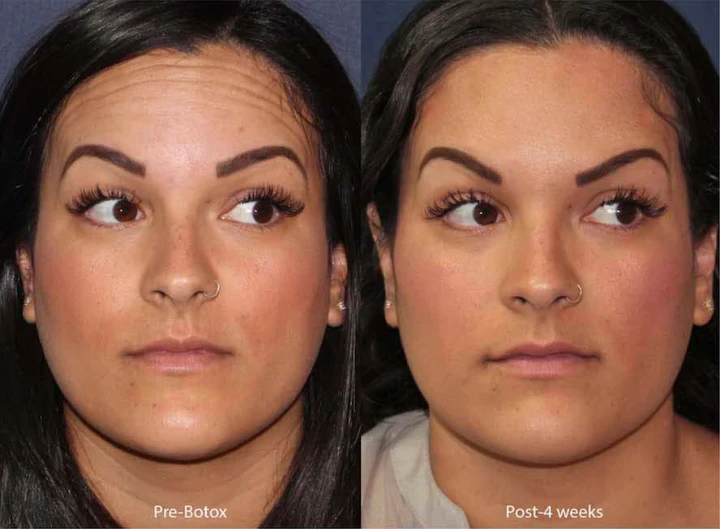
Tips for Longevity:
- Follow Aftercare Instructions: Good aftercare, including no vigorous exercise and not lying down for a few hours following treatment, can help your Botox last longer too. Following these parameters allows the solution to migrate into your muscles more efficiently.
- Healthy Lifestyle: An individual can also add more years to Acetyl Hexapeptide 8 if they follow a healthy lifestyle, especially eating good food that includes vitamins and minerals, doing exercise regularly, drinking an ample amount of water, etc. Living a healthy lifestyle can also help your body perform at optimal levels, which may extend the duration of Botox benefits. Apart from that along minimising your stress and ensuring enough sleep will also add to the overall outcome in a better powerful manner with long lasts.
How Often Can You Get Botox?
Botox is typically safe for multiple sessions, but that doesn’t mean you should be doing it non-stop. Keeping the advised 3-4 months between treatments gives your muscles time to heal and reduces the potential for developing a resistance to the neurotoxin. Although the way in which Botox functions is by temporarily paralyzing your muscles to avoid folds and wrinkles, allowing your muscle the necessary time to heal is needed for results to continue working and integrating into facial expressions.
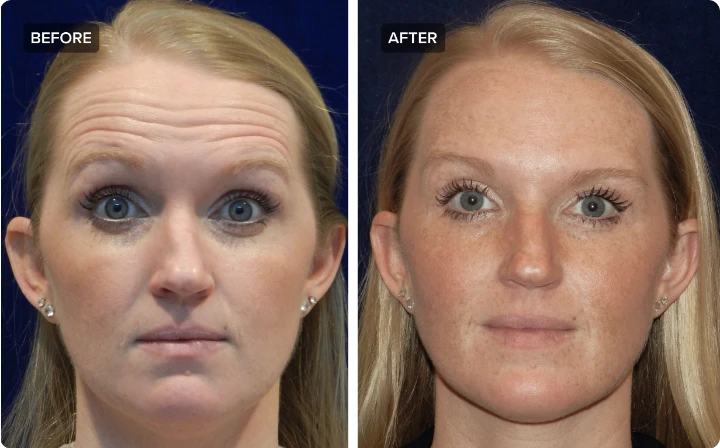
Potential Risks of Overuse:
- Muscle Weakness: Excessive use may cause muscle weakening when there is no need, leaving you with unnatural facial expressions and potentially a less youthful appearance.
- Resistance: Consistent and frequent use of Botox in short intervals may result in resistance to the drug’s actions which means you might get little or no results even after receiving high doses more frequently leading to a higher chance of side effects as well.
Botox Last How Long Understanding the Duration
The results of Botox usually remain for three to four months. The time for which the effect would last could vary depend on factors such as the treated area, dosage, and person’s response.

Influencing Factors:
- Area Treated: The smaller muscle groups (e.g. crow’s feet over the eyes) respond to Dysport for a longer duration than larger muscle masses like those of the forehead. Muscle density and the level of activity in the muscles present in the treated area.
- Dosage: This will cause an extended outcome when taken in large quantity hence, in return generating lengthier long-lasting wrinkles and good-outlines alleviation. However, it should be noted that increased dosages may pose a higher likelihood of potential side effects including muscle weakening or facial expressions asymmetry.
How Long Between Botox Treatments?
The ideal condition for Botox treatments is to allow three to four months between them as a guideline. During this interval, the muscles recover their function without losing the therapeutic effect of further procedures. By sticking to this schedule, patients can maintain results that are not only natural-looking but also long-lasting without having to worry about muscle atrophy or developing a tolerance to the effects of their treatment.
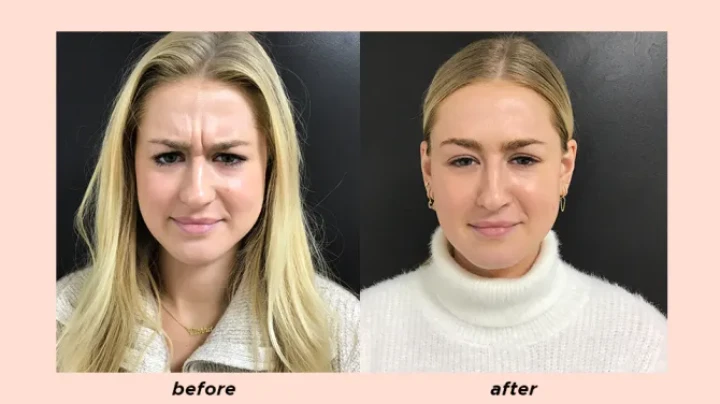
Scheduling Tips:
- Plan Ahead: Keep space in the diary to book yourself regular treatments That way, you’re not a part of the year-end rush for appointments and can comfortably take your time to schedule an appointment that’s convenient for you.
- Monitor Results: Take note of how long the effects last so you can schedule your next visit accordingly. This may include monitoring any increased movement of muscles or reappearance of previously existing lines and wrinkles, which can help you with the timing of your treatments for better outcomes.
How Long Does a Botox Treatment Last?
The actual Botox treatment only takes about 10 to 15 minutes. Ask which muscles are being targeted and how many little injections they have to endure; this is done in several different spots, but overall the process is pretty quick. In the session, a small amount of botulinum toxin is injected into certain muscles with an ultrafine needle that helps temporarily slow down muscle movement and reduces wrinkling or fine lines.
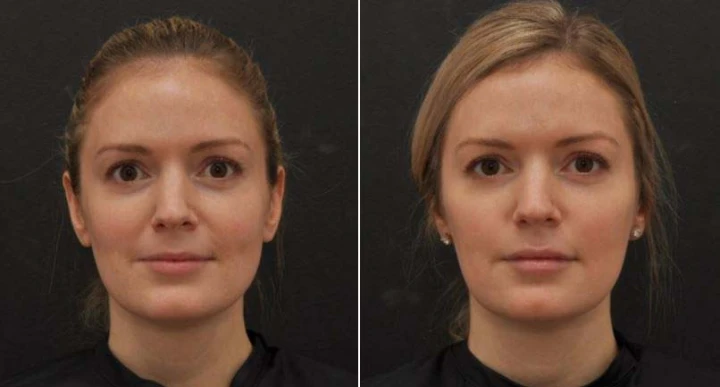
What to Expect:
- Preparation: Not much preparation is required except to avoid blood thinners (aspirin or ibuprofen) for 7-10 days prior to the treatment in order to keep bruising at a minimum. Alcohol and certain supplements may also be avoided as recommended by your doctor.
- Aftercare: Follow the aftercare provided by your practitioner. This generally involves refraining from vigorous workouts, lying down, or smoothing the treated area for up to 24 hours. In addition, you’ll be given a brief time period to keep away from overexposure to heat, similar as saunas or scorching baths.
Conclusion
It is important to know how frequent you must get Botox done to retain the benefits of it so that it helps you in attaining your desired aesthetic goals as well. Specialized treatments ( like masseter Botox) in your 40s, 50s, or even 60s may also affect how frequently you do it.
Looking to learn more about the benefits of Botox for yourself? Discuss a tailored treatment protocol that suits your needs and goals best with an experienced practitioner. Keep on keeping up, kids. Just remember the best (appearance) comes to those who Botox.